
There is something magically nostalgic about a stone house, sitting picturesquely on top of a hill or surrounded by a small forest. Stone houses have a historical legacy that goes back hundreds of years, from Medieval castles to farmhouses built by our ancestors. One of the most impressive benefits of a stone house is that it will last several lifetimes when it's properly constructed.
Since stone is resistant to rain and doesn't decompose over time when exposed to the elements, stone homes have always brought a sense of permanence and durability. From Stonehenge to the Egyptian Pyramids, many of the prehistoric monuments left by our ancestors were crafted from stone.
When you come upon a stone home in today's suburban neighborhoods, you're most likely witnessing a 2x4 and plywood framed structure, covered with stone veneer. The stone appearance might not even consist of real stone since cement and dense polyurethane has begun to take over much of the stone veneer siding market.
Below we will briefly explain what stone and stone veneer siding is and look at the pros and cons, from a functional and sustainability perspective.
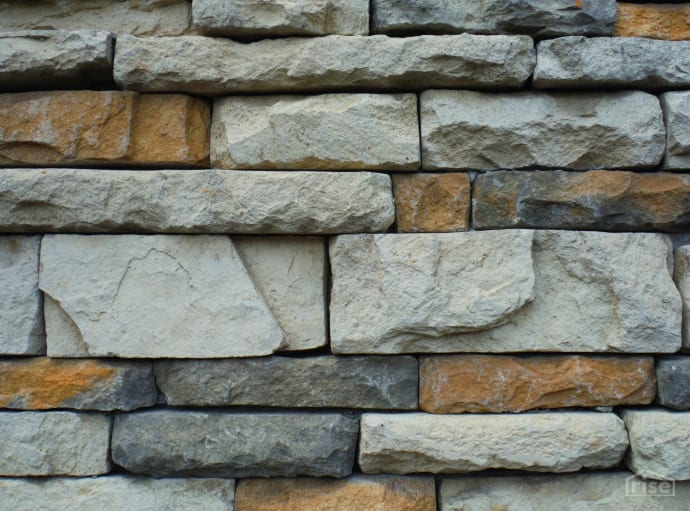
Stone siding and stone veneer siding are types of decorative and protective coverings for both exterior and interior walls of a home. While many homeowners opt for plastic cladding made of PVC resin or brick, stone siding offers a more natural look to a home's exterior. Stone siding homes generally tend to be a bit more expensive than similar homes that use other exterior surfaces. Still, it's essential to consider the pros and cons.
Initially, most types of stone siding were manufactured from real stone. Sometimes this finish was sourced from slabs of flagstone that could be chosen without the need to be cut. As stone siding gained popularity, several companies began producing natural stone siding, cut to a standard thickness from quarried stone or fieldstone.
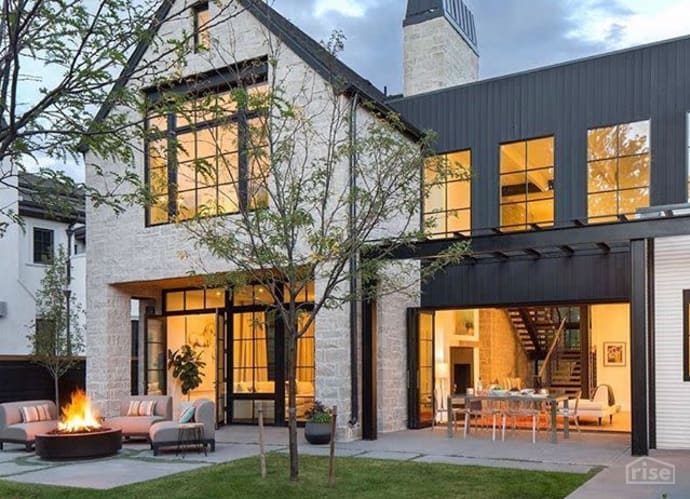
Because of the expense associated with mining, cutting, transporting, and hiring a mason to install real stone siding, today, stone veneer siding made from other materials is much more common. Stone veneer, sometimes referred to as faux stone siding, can be made from real stone. However, it is often made from Portland cement and natural or artificial pigments or extremely dense polyurethane that is poured into prepared molds.
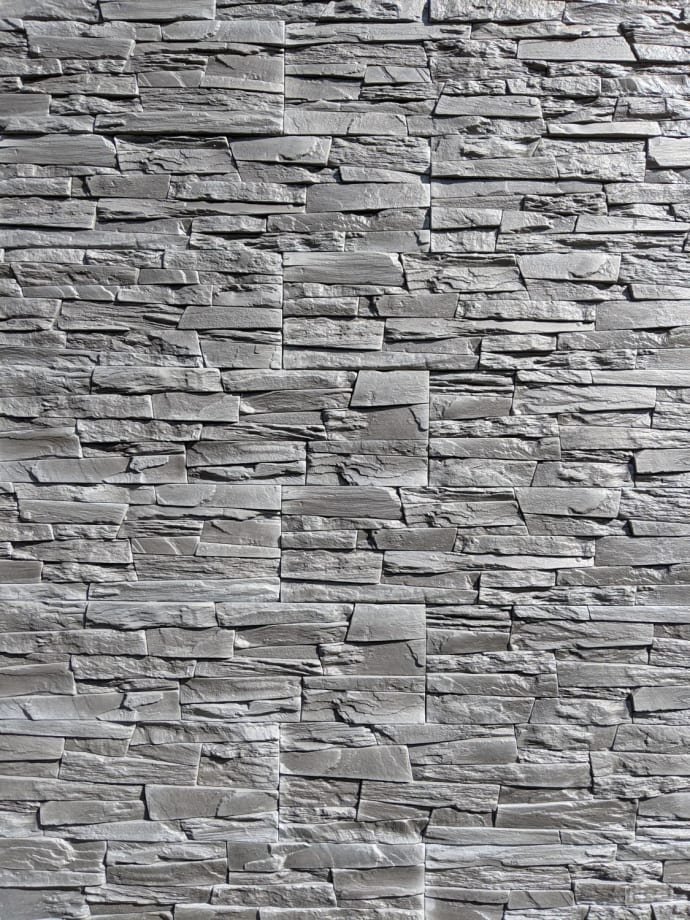
The most obvious advantage associated with real stone siding is that it is the authentic thing. When properly installed and cared for, stone siding will last indefinitely. It can give your home the appearance of a Medieval castle built to stand the test of time. It is considered a natural and sustainable building material. Real stone siding can be sourced sustainably, unlike cement and plastics. It is considered a sustainable source of building material since stone is one of the most abundant materials on earth. As an added benefit, real stone siding can be reused if a home is torn down or destroyed, making it one of the few "recyclable" materials in modern-day homes.
Of course, real stone siding is expensive. The cost of stone itself will usually be more costly than stone veneer made from other materials. You will likely need to hire a specialty mason to install the siding. Many building codes around the country specify that stone siding cannot exceed 15 pounds per square foot. So you might have issues adhering to code if your stone isn't cut to the correct thickness.
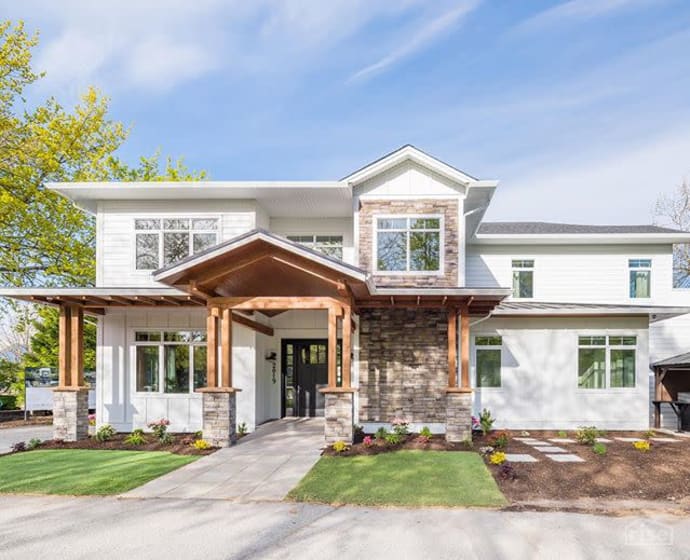
The mining process to extract stone for natural siding alternatives can cause environmental damage. If your stone siding is not installed correctly, you can have issues with cracks that can be hard to repair. If significant cracks do develop and you don't fix them promptly, moisture can seep into these cracks and cause mold issues that can ruin the structure of your home.
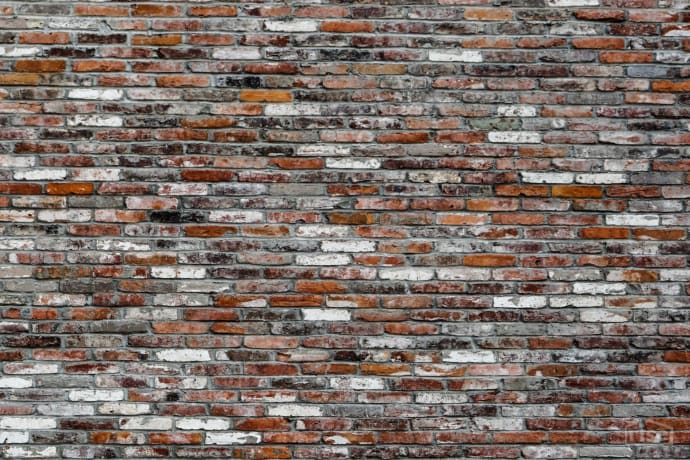
The main draw of stone veneer siding made from synthetic materials is that they are less expensive. Because they are much more lightweight, any contractor can usually install them, without requiring a mason. Many types of stone veneer siding come in large panels, which makes for fast and easy installation. Many brands label their products as "do-it-yourself." This type of siding is often installed on specific sections of a home's exterior, rather than covering the entire house.
However, synthetic stone veneer is often mass-produced, meaning that if you look hard enough, you're likely to find two identical pieces. Since one of the draws of stone siding is its unique natural appearance, the repetitiveness of mass-produced veneer siding can be a downside. Depending on the product, some stone veneer siding can allow moisture to get in between the pieces or panels, thus leading to potential mold issues. Some companies have solved this - so you will want to pay close attention when selecting a supplier.
From a sustainability perspective, plastic veneers aren't usually the best option as they aren't sourced from sustainable materials, but they may recyclable (post-use). Other stone veneers made of concrete generally look and feel much more akin to real stone. Both have an opportunity to provide additional insulation value (as much as R-4.5), which helps you save money!
Disclaimer: This article does not constitute a product endorsement however Rise does reserve the right to recommend relevant products based on the articles content to provide a more comprehensive experience for the reader.